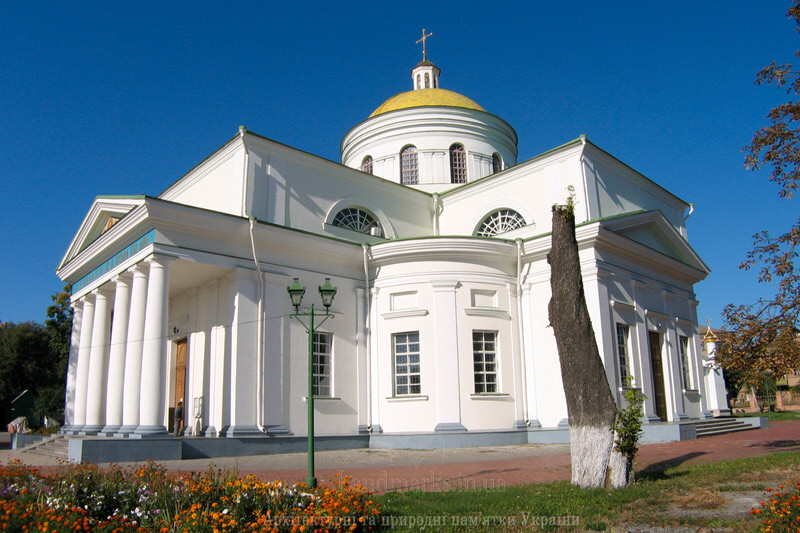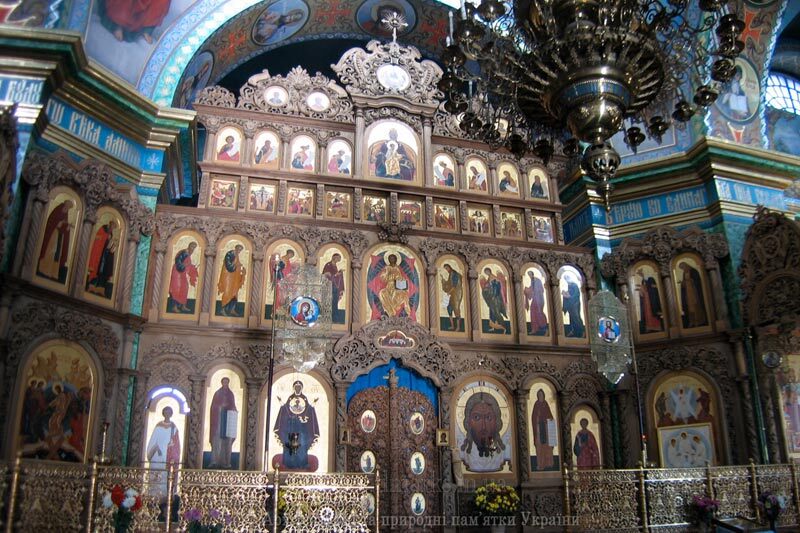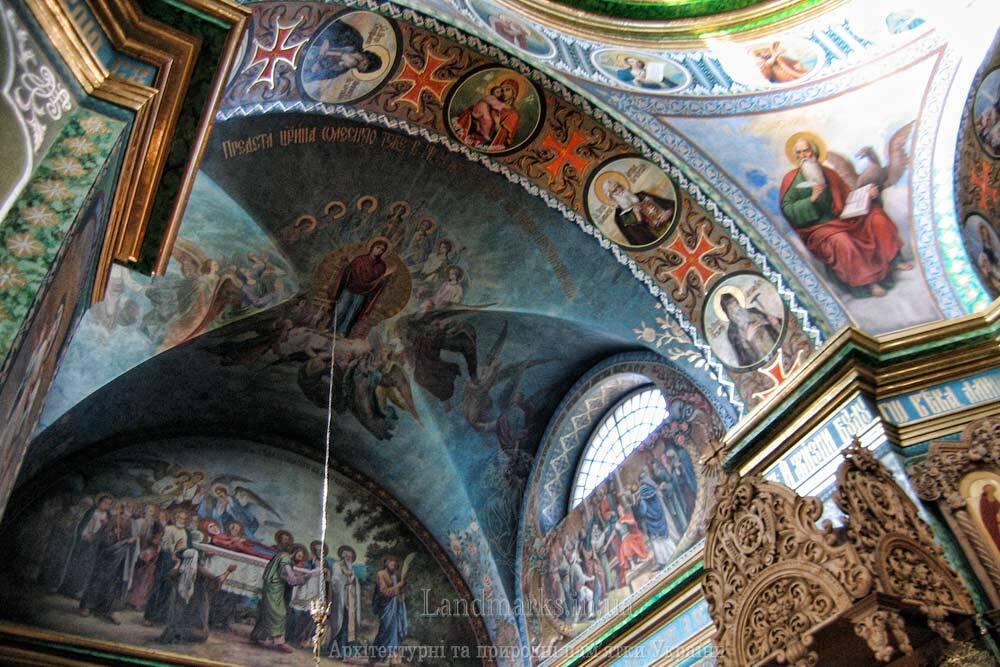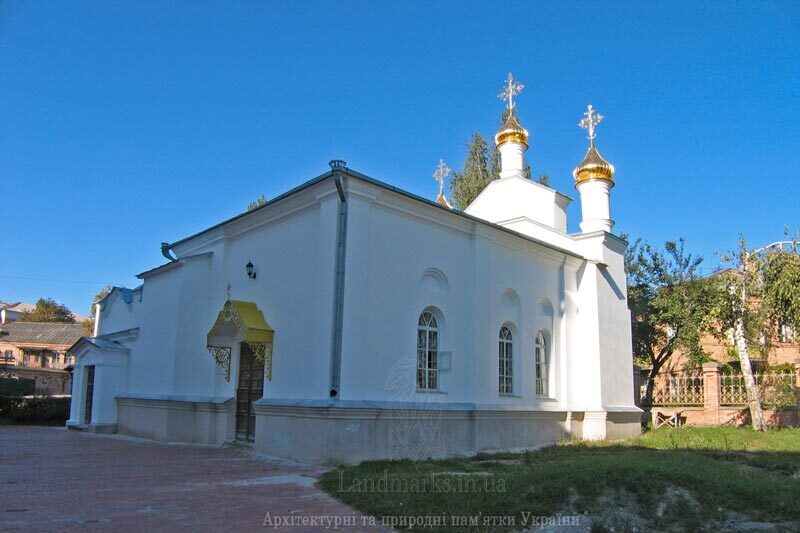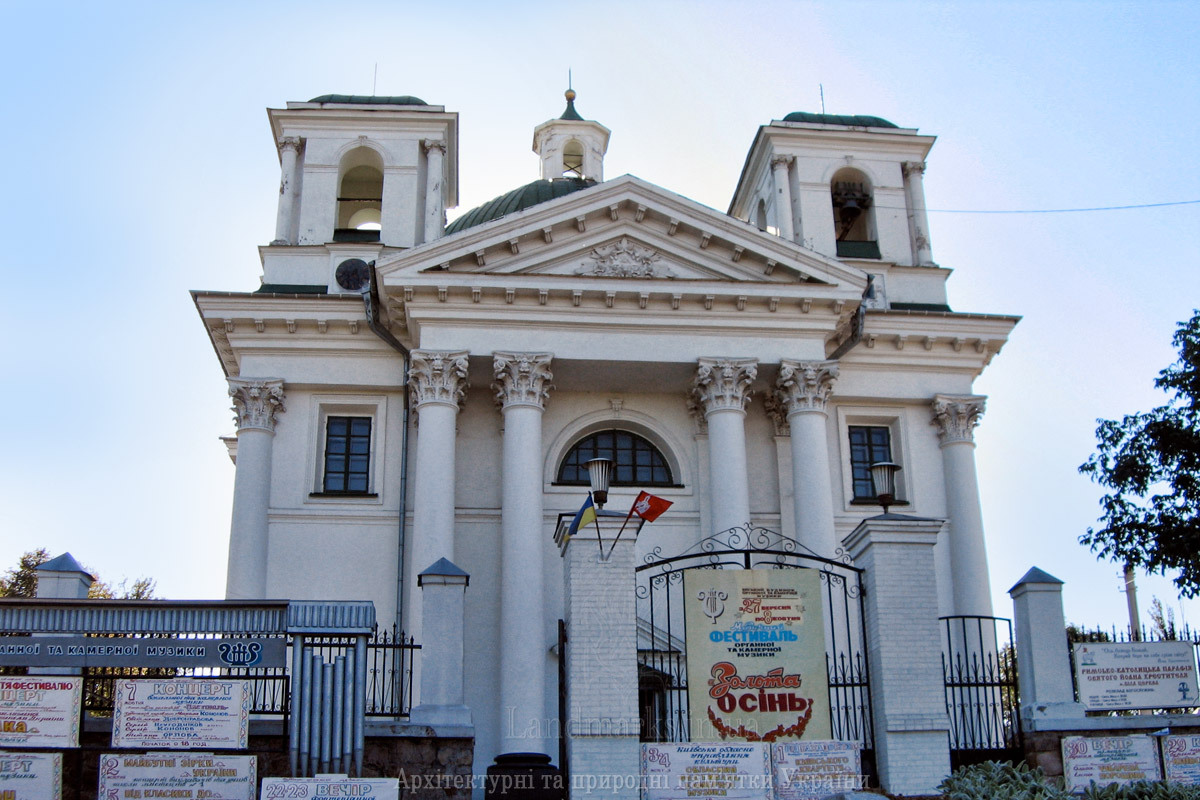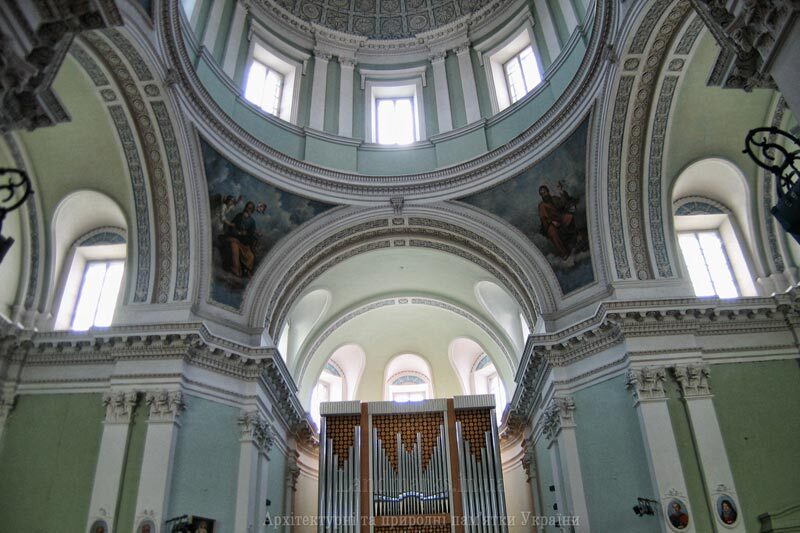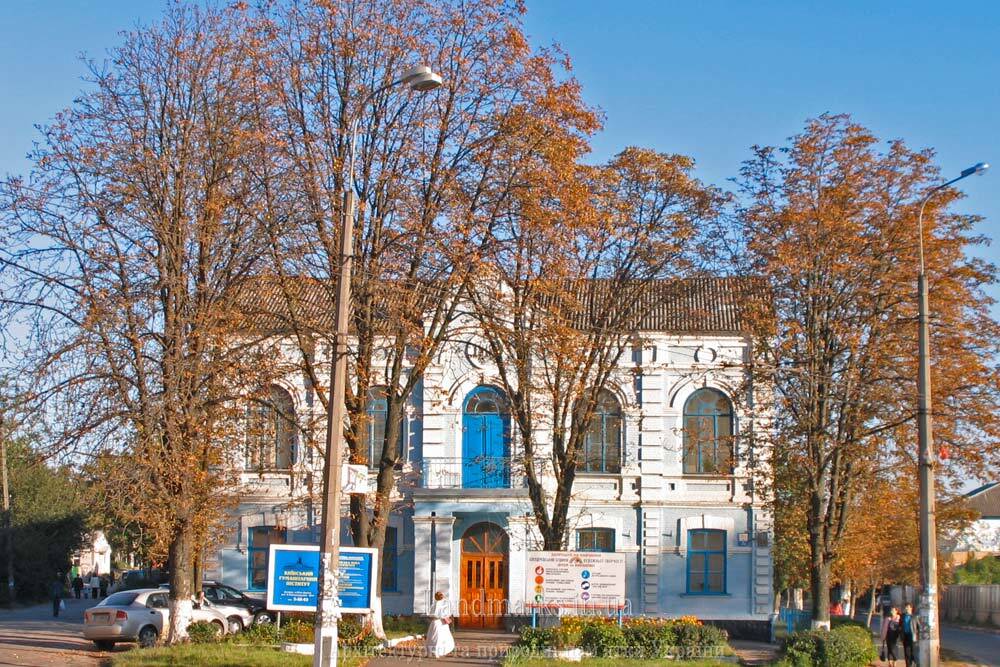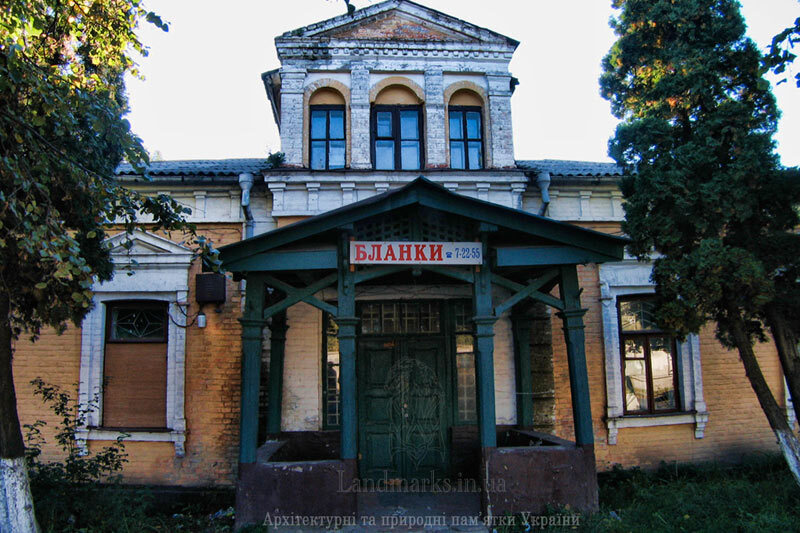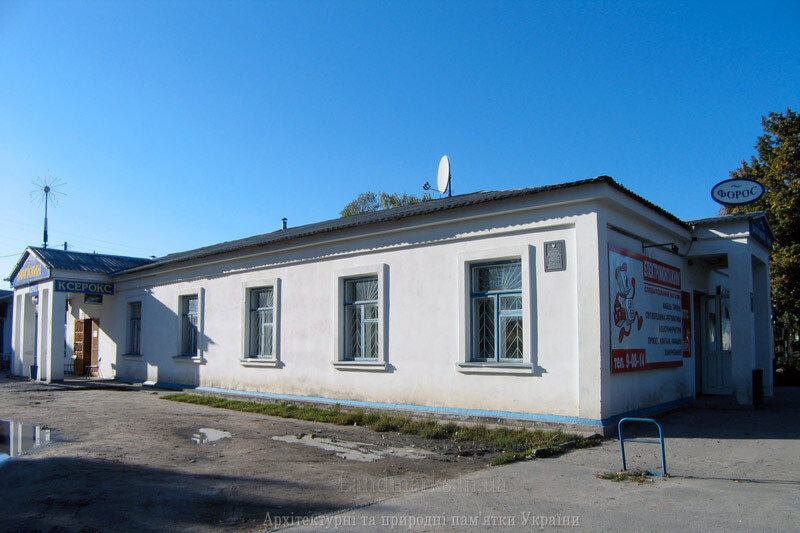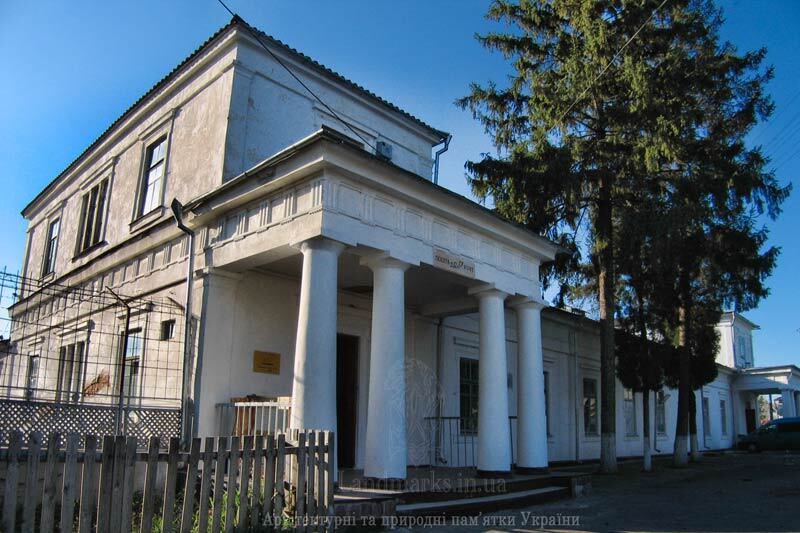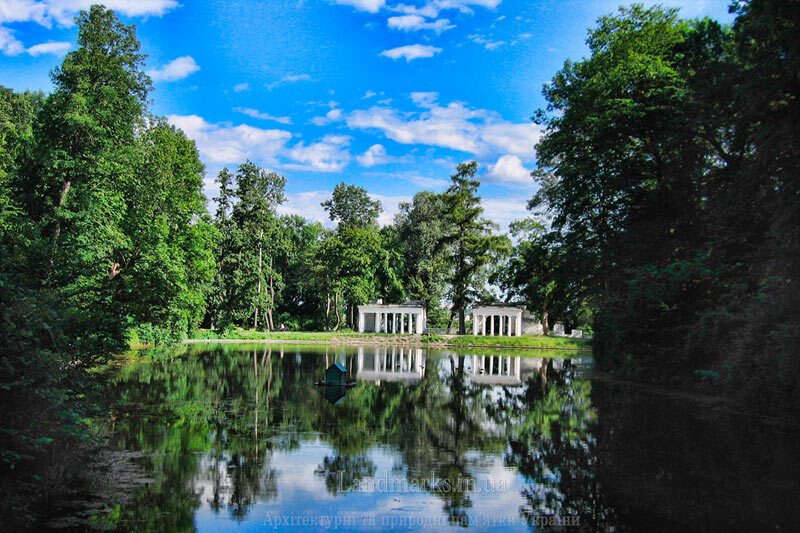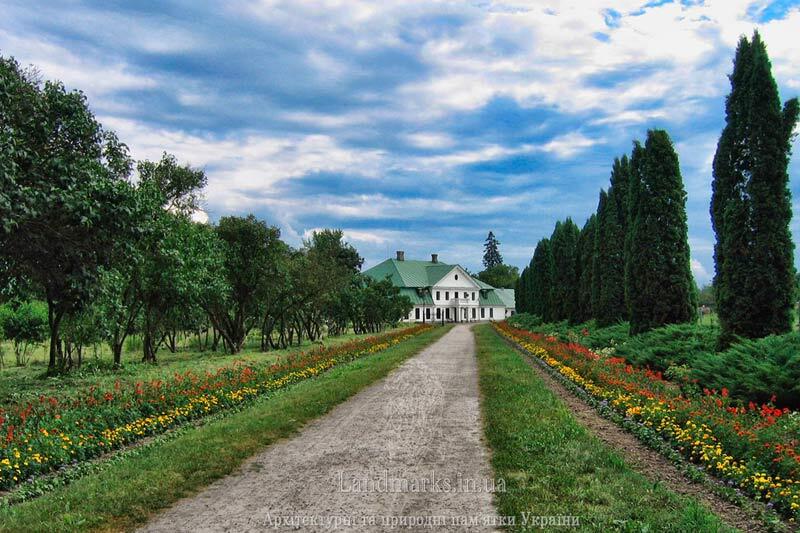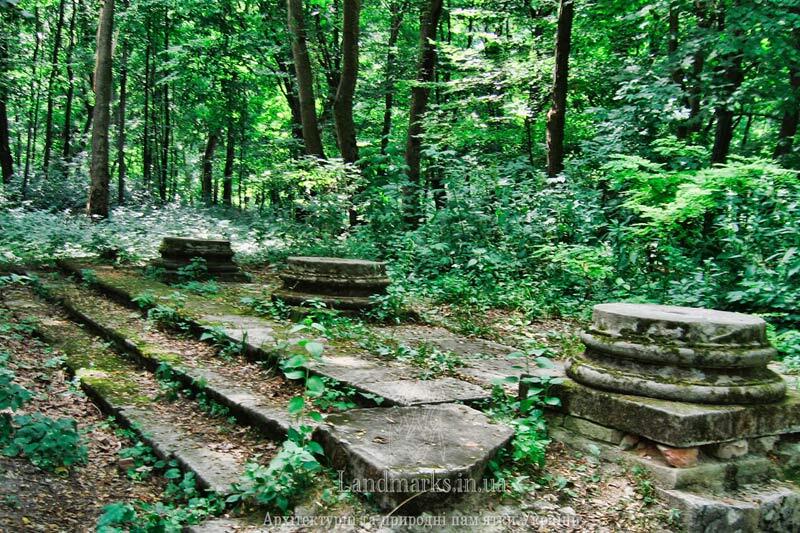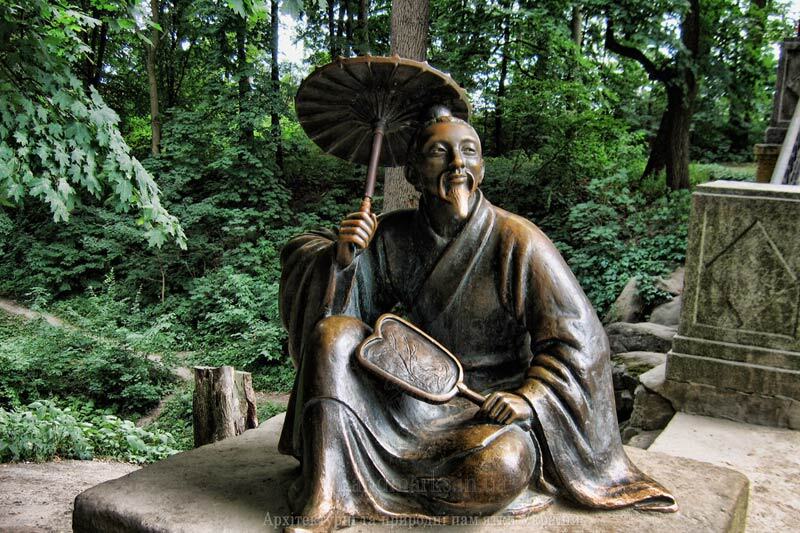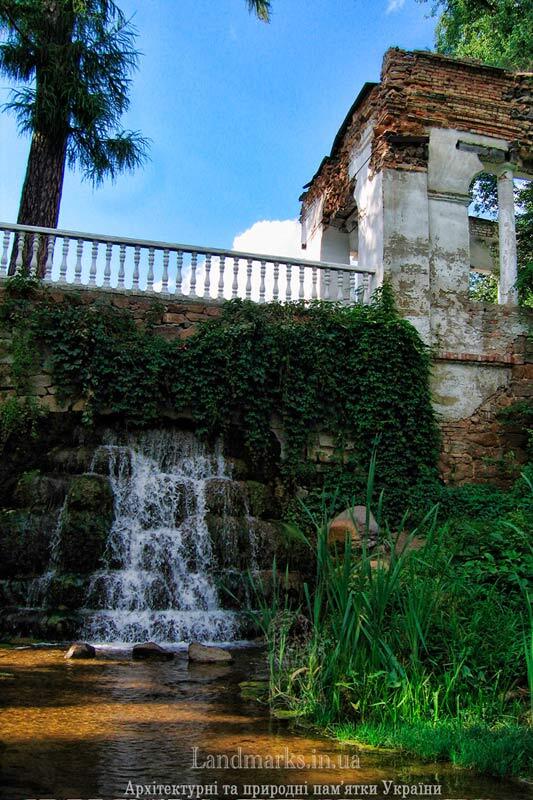The city of Bila Tserkva is one of the most interesting tourist cities in the Kyiv region. The ancient and historic, cosy and beautiful city attracts tourists with its architectural gems and historical sites, as well as the magnificent views of the landscape park and picturesque locations on the Ros River.
Bila Tserkva is one of the largest cities in the Kyiv region. The history of Bila Tserkva dates back to ancient times. In the centre of the city, Castle Hill is a witness to the historical past. Once upon a time, in 1032, the city of Yuriev was founded by Prince Yaroslav the Wise. It was named after the name the prince received at his baptism. The fortress on Castle Hill protected the city and the region from attacks by Polovtsians, Pechenegs and other attackers. A stone church was also built on Castle Hill. When the city was reborn after its destruction by the Tatars, it received a new name. The name Bila Tserkva was first mentioned in 1334 on memory of the church that once stood on the Castle Hill.
Transfiguration Cathedral
The Transfiguration Cathedral was founded in 1833. It was modelled on the cathedral in Odesa and funded by Countess Alexandra Branitskaya (née Engelhardt, niece of Prince Grigory Potemkin).
The height of the building is 40m. This is surprising, as the building looks somewhat squat.
The construction of the church was completed after the countess's death. She was buried here, in the still unconsecrated chapel of Alexander Nevsky. Much later, in 1864-1866, a bell tower was added to the church.
In 1917, Branytska's tomb was looted and destroyed. At the same time, in the first years after the revolution, many shrines and valuable items were taken from the church.
In 1930, the building was used as an archive for the NKVD. The fighting during the Second World War damaged the building. After the war, in the 1950s, the question of restoration arose, especially of the bell tower. However, by order of the authorities, the bell tower was dismantled so that it would not attract believers. Although the church had been operating since 1944. Then it was closed and the parish was cancelled. So, in 1956, the church was restored, and the paintings were destroyed ;( The building was even used as a sports hall in Soviet times - a boxing hall...
In 1989, the church was returned to the Orthodox Church. The revival began. In 1994, the cathedral became a cathedral - the main church of the Bila Tserkva Diocese of the Russian Orthodox Church in Ukraine. A new altar was installed in 1997. The paintings inside the cathedral are impressive, and the interior is decorated with marble columns.
St Nicholas Church
The church was built in 1706. The church was founded by Hetman Ivan Mazepa and continued by Semen Paliy. It was supposed to be a large five-chambered cathedral.
Once upon a time, in the seventeenth century, trere was the main church of Bila Tserkva at this place. It was a wooden church in honour of St Nicholas the Wonderworker.
After the construction of the Transfiguration Cathedral and its consecration, the St Nicholas Church stopped holding its main services, and a narthex was added to it by the rector of the Transfiguration Cathedral, Petro Lebedintsev.
In Soviet times, after the 1956 renovation, it was used as a city archive.
Now the church is shyly hiding in the shadow of the majestic cathedral.
Warehouses of the Counts Branicki
Branicki Winter Palace
Alexandria Boulevard, 7
Church of St John the Baptist
The Church of St John the Baptist was built in 1812 on the Castle Hill of the ancient city of Yurievo.
The church is built of brick in the classical style. It has two bell towers. One of them houses a clock with chimes.
The main facade of the church is decorated with porticoes with columns of the Corinthian order. A large granite staircase leads to the entrance.
St George's Church
Castle Hill
Church of Mary Magdalene
Former gymnasium
Now here is the Bila Tserkva Agrarian University. Soborna Square, 8/1
Jewish school - cheder
The building of a former Jewish school - a cheder. Now it is a house of artistic creativity
Architectural ensemble of postal buildings
47 Alexandriysky Boulevard
With the establishment of the Moscow-Odesa postal line, a whole postal complex was built in Bila Tserkva, consisting of a station house, a hotel, a pit, stables, a forge, and a shed.
The station keeper's house is also interesting
Trade rows and Retail square
Torhova ploscha, 3
Former Market area is not far of Soborna Square/ It was jews place . There were big fairs at this place.
The trade rows were built in the early nineteenth century by Counts Branicki as the main element of the new part of the city The shops in the Trade Row were rented mainly by Jewish merchants, and the surrounding neighbourhoods were an example of the unique, extremely dense development typical of the Jewish parts of Ukrainian towns
Alexandria Park - a decoration of Bila Tserkva
A large park with an ancient history, arboretum, zoo, ponds and walking trails
Official website of the Alexandria Park in Bila Tserkva Open to visitors from 8 to 22
Після того, як Франциск Ксаверій Браницький отримав від польського короля у довічне спадкове володіння землі на Білоцерковщині, тут створюється великий маєток з розкішним парком. На його тільки створення було витрачено понад 4 млн. крб. золотом, не враховуючи безкоштовної сили кріпаків.
Спочатку палац задумувався як літня резиденція Браницьких, але з часом вона стала основним їх помешканням, після смерті Катерини ІІ. Родина Браницьких користувалася прихильністю імператриці (ставлення підкриплює припущення, що Олександрі була донькою Катерини ІІ), але вкрай не подобалася спадкоємцю трону – Павлу І. Тому Браницькі постійно оселилися у Білій Церкви, подалі від столиці.
Маєток отримав назву «Аустерія». Одне зі значень, окрім неприглядних та мало підходящих до маєтку,є значення "княжий двір"
На території маєтку розміщався палац, флігелі та павільйони, романтичні руїни, паркові мармурові та бронзові скульптури, також ландшафтні елементи колонада „Луна”, „Руїни”, „Китайський місток”, „Арочний місток”, композиції острів „Марії”, острів „Троянд” і звісно, велика кількість рідкісних дерев, кущів та інших рослин. На жаль, більшість споруд, зокрема палац Браницьких, не збереглися. Вони були розграбовані та зруйновані під час громадянської війни. При чому до розграбування долучилися і селяни, які лояльно ставилися до панів. Було викрадено багато й паркових скульптур. Лишився тільки будинок садівника Станге. Багато було знищено й рослин. Під час Другої світової війни розграбування та знищення продожувалося. На щастя, багато ландшафтних елементів парку збереглося.
Сьогодні це улюблене місце не тільки для прогулянок, а й для фотосесій, особливо весільних та романтично-любовних. І це недарма. Парк створювався у любові, а названий був на честь дружини Браницького Олександри – Олександрійським
Олександрійський парк – зразок паркового мистецтва був закладений 1787 – 1788 рр., до його створення були запрошені архітектори-паркобудівельни, зокрема італієць Домінік Ботані, а також садівник Станге. Також в різних джерелах зустрічається прізвищ ніби відомого французького архітектора Мюффо. Хоча його ім’я згадується в мережі лише в контексті маєтку в Білій Церкві. Пізніше парково-садовими роботами керували садовники Бартецький та Вітт 1959 року дендропарк набув статусу заповідної пам’ятки природи та культури державного значення.
Цікаві факти про парк "Олександрія" у Білій Церкві
- найбільший дендропарк України, його площа складає 405,6 га;
- найстаріший дендропарк України – заснований у 1788 році (відомий парк Софіївка в Умані розбитий на 10 років пізніше);
- має найбільшу серед парків і садів України колекцію рослин – понад 2500 видів, сортів та форм;
- діброва парку є найбільшою старовіковою (середній вік дубів 200 років, максимальний – понад 400 років) і чистою заплавною дібровою України (можливо навіть Європи), її площа складає 48 га;
- Велика галявина (композиційне ядро парку) є рекордсменом за кількістю рослин, що зростають на обмеженій площі – 170 видів на 10га.
- на території парку зростають найстаріші в Україні тюльпанове дерево та сосна Веймутова.
Парк "Олександрія" живописний в будь-яку пору року. Тут комфортно прогулятися і весною, і літом, взимку тут особливо гарно. Але, як відомо, парки "виконують" свою романтичну та трохи сумну мелодію саме восени.
Для того щоб знайти усі цікаві місця, можна скористуватися картою нижче
Пам’ятки Білої Церкви місцевого значення:
- Житловий будинок 1896 р. Соборна площа, 8/1
- Службовий корпус гімназії
- Будинок соціалізму ХІХ ст. Соборна площа, 1/1
- Житловий будинок ХІХ ст. Олександрійський бульвар, 3
- Будинок Таубіна кін. ХІХ ст. Олександрійський бульвар, 68/6
- Будинок (склад-зерносховище) 1931 р. Олександрійський бульвар, 19
- Водяний млин поч. ХІХ ст. Олександрійський бульвар, 62а
- Оранжерея кін. ХІХ ст. Вулиця Гагаріна, 37
- Склад №1 1913 р. Парк імені Тараса Шевченка
- Склад №2 1903–1911 рр. Привокзальна вулиця, 16
- Церква святої Марії Магдалини 1834 р. Вулиця Шкільна, 11
- Електростанція 1843 р. Вулиця Шкільна, 11/16
- Казарма 1928 р. Вулиця Надрічна, 68
- Житловий будинок ХІХ ст. Вулиця Фастівська, 1
- Житловий будинок ХІХ ст. Торгова площа, 5
- Житловий будинок ХІХ ст. Торгова площа, 6
- Житловий будинок ХІХ ст. Торгова площа, 10
- Житловий будинок (готель) ХІХ ст. Торгова площа, 11
- Житловий будинок ХІХ ст. Торгова площа, 16
- Житловий будинок ХІХ ст. Вулиця Богдана Хмельницького, 1/7
- Житловий будинок ХІХ ст. Вулиця Богдана Хмельницького, 2/9
- Житловий будинок ХІХ ст. Вулиця Богдана Хмельницького, 3/23
- Житловий будинок ХІХ ст. Вулиця Богдана Хмельницького, 13
- Житловий будинок ХІХ ст. Вулиця Богдана Хмельницького, 14
- Житловий будинок ХІХ ст. Вулиця Героїв Небесної Сотні, 17
- Житловий будинок ХІХ ст. Вулиця Героїв Небесної Сотні, 19
- Житловий будинок ХІХ ст. Вулиця Героїв Небесної Сотні, 28
- Єврейська школа (хедер) ХІХ ст. Вулиця Богдана Хмельницького, 42
- Гуртожиток Білоцерківського національного аграрного університету ХІХ ст. Олександрійський бульвар, 4/27
- Велика хоральна синагога ХІХ ст. Вулиця Ярослава Мудрого, 25/2
